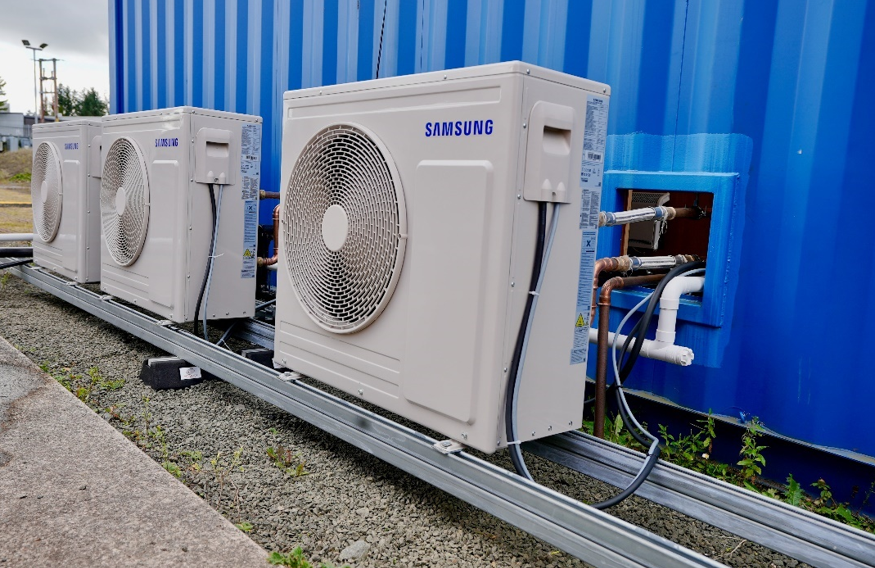Westwood’s recent Floating Wind Survey shows that recent market upheaval, caused primarily by cost inflation, together with the subsequent re-focusing of developer strategies, means that many offshore wind targets are now likely to be missed.
Only a few years ago the floating wind industry generated huge targets and expectations. In 2022, the Government set a target of up to 5GW by 2030, the 1GW Trollvind project was announced with startup in 2027, the US set itself a 15GW target by 2035, and most notably 22.4GW of floating lease capacity was awarded (across Scotwind, Scotwind Clearing and Pacific Coast).
The outlook for floating has been challenged over these years, and it is time to consider how the floating industry is changing. Westwood, in partnership with Norwegian Offshore Wind and World Forum Offshore Wind (WFO), surveyed over 180 floating offshore wind stakeholders on industry sentiment and attitudes across the value chain.
According to the company’s WindLogix analysis, for floating wind specifically, the UK is set to miss its 2030 target by around 90 per cent and the US its 2035 target by around 82 per cent.
Despite a damping of expectations, and missed targets, there is still considerable optimism in the community even if it is now sprinkled with greater realism, and when asked how much capacity would be operational by 2030 and 2040 and which countries would be key to bringing floating wind to life, there is still belief in near-term growth, with Europe and the UK playing a central role.
© 2019 Perspective Publishing Privacy & Cookies







Recent Stories